‘Expanding’ Islamic State issues threats after leader’s death
Terror group Islamic State has threatened the US, warning it not to rejoice over the killing of its chief, Abu Bakr al-Baghdadi, and saying worse is to come under its newly appointed leader.
News
Don't miss out on the headlines from News . Followed categories will be added to My News.
Terror group Islamic State has announced a new leader, as it threatened further violent jihad on the west and warned America not to rejoice over its killing of Abu Bakr al-Baghdadi.
In an audio clip distributed by its official news arm, al-Furqan, IS declared its Shura Council had appointed a new man to lead the jihadi group — Abu Ibrahim al-Hashimi
al-Qurayshi.
The announcement and accompanying threats came five days after caliphate leader Baghdadi blew himself and two 12-year-old children up in a tunnel after being cornered by US Special Forces and a dog, known as Conan. A new spokesman, calling himself Abu Hamza al-Qurayshi, said IS was “expanding’’ and warned of worse to come under the new leader.
“Do not rejoice America. The new chosen one will make you forget the horror you have beholden … and make the achievements of the Baghdadi days taste sweet,” he said in a clip distributed over the encrypted app Telegram.
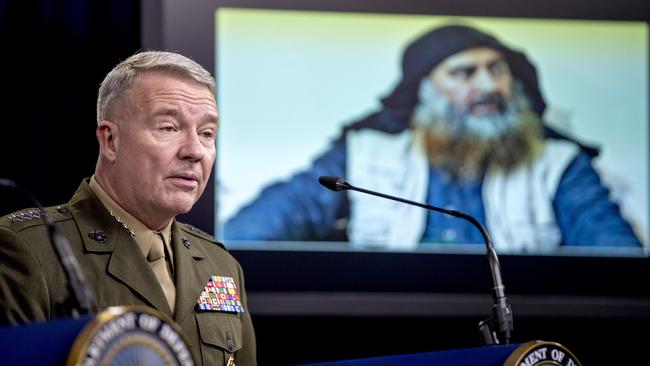
“America, don’t you realise that the Islamic State is now at the doorstep of Europe and is in central Africa? It is also expanding and remaining from east to west.
“Don’t you see that you have become a laughing stock to the world? Your destiny is controlled by an old fool who goes to sleep with one opinion and wakes up with another. Do not celebrate or get arrogant.”
It urged followers to mourn the “martyr’’ Baghdadi, and to pledge support to the new “caliph’’— even though the group lost its entire self-declared caliphate across Syria and Iraq earlier this year.
The bloodthirsty Baghdadi, 48, oversaw IS during a time of extreme violence perpetrated against anyone deemed a nonbeliever — in Syria, Iraq and across the globe.
Almost nothing is known of Abu Ibrahim al-Hashimi al-Qurayshi. The name is an assumed one, as is usual for IS leaders.
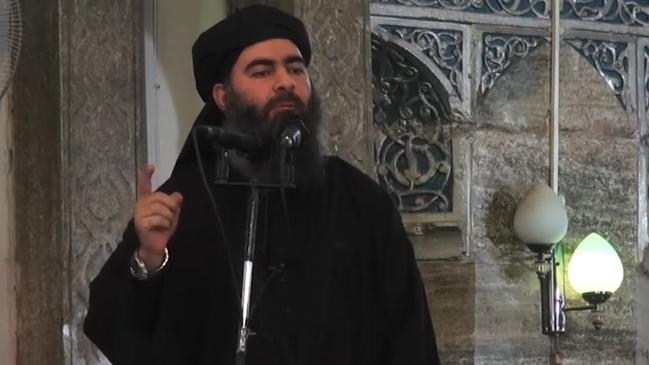
However the name Qurayshi indicates the new leader claims direct lineage from the Prophet Mohammed, which is a requirement for those seeking to lead IS.
Ritz Katz, director of the SITE intelligence group which tracks extremist communications, tweeted that the response to the announcement showed the co-ordination of IS’s members, media workers and supporters.
“On Telegram alone, ISIS-linked groups and channels are carrying out a massive campaign of pledges to ISIS’s new leader using a uniform template,’’ she said.
Security agencies around the world were working to discover who the new IS leader was.
One possibility was it might be another Iraqi-born cleric and former al-Qaeda member, the shadowy Amir Muhammad Sa’id Abdal Rahman al-Mawla, a senior official with IS who has spent the past decade off the public radar.
Mawla was detained at the same prison in Iraq as Baghdadi after the US invasion in 2003.
While Baghdadi was born in Samarra, north of Baghdad, Mawla is believed to have been born at Tal Afar, to the west of Mosul.
Baghdadi was known to have been detained at several places including the American military’s Camp Bucca in southern Iraq, the so-called IS “university’’ where many al-Qaeda supporters studied and networked together after being detained.
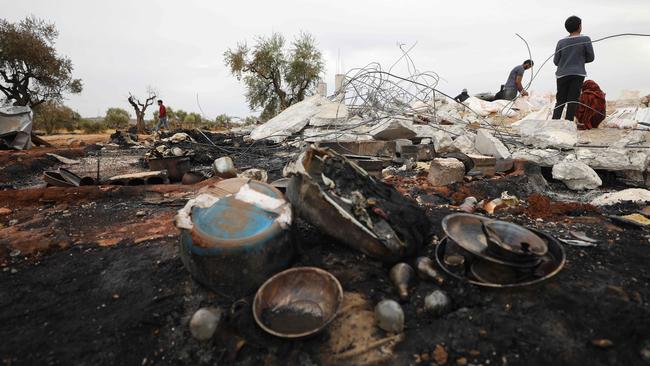
He may have met Mawla there. At least nine senior IS officials were known to have been detained at the camp, close to the border with Kuwait near Umm Qasr.
Mawla, who also goes by the names Abdullah Qardash, Abdullah Kardash and Hajji Abdullah al-Afari, was a Baathist military officer under the regime of former Iraqi dictator Saddam Hussein, before joining al-Qaeda and later IS.
He was said to have been nominated by Baghdadi in August to run the organisation’s department of “Muslim affairs’’.
While Mawla was considered to have been Baghdadi’s successor, there was no certainty last night that he was the new caliph leader.
Newsweek journalists and Middle East specialists Tom O’Connor and James LaPorta broke the story of the raids on Baghdadi’s compound and have long focused on IS and its succession plan.
O’Connor said security forces were not yet sure who the new leader was, and IS was using “aliases designed to maximise legitimacy by proving closeness to the Prophet Mohammed and deceive intelligence agencies”.
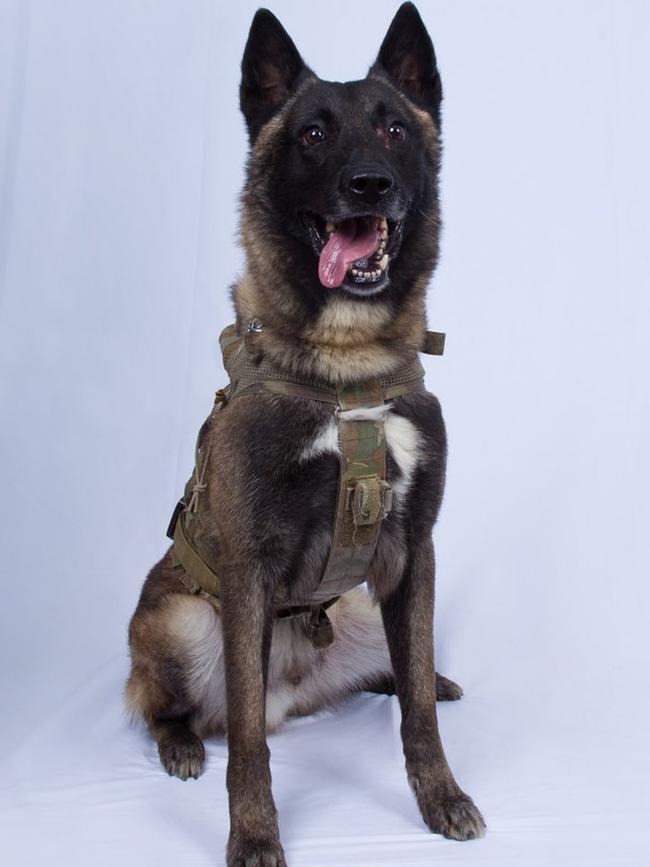
IS has numerous problems to contend with as it rebuilds under a new leader.
Many of its fighters are detained in prisons in north eastern Syria.
Tens of thousands of its women and children are held in refugee camps, notably the sprawling ghetto of al-Hawl, at Hasakah.
Islamic State started as a splinter group of al-Qaeda, and some believe the two groups may form a new, strategic alliance.
“It appears that ISIS has been in crisis for some time now, having lost the massive ‘physical caliphate’ that made the group unique among rival jihadi groups like al-Qaeda,’’ O’Connor said.
“The fact alone that Baghdadi was hidden among rival militants may mean the group has resorted to relying on old foes for support.
“Though the IS-al-Qaeda split resulted in some serious infighting in recent years, they may have realised they had more in common at a time when rival campaigns by the Syrian government and Syrian Democratic Forces were rapidly displacing them.’’
Haroro Ingram, senior research fellow with the Program on Extremism at George Washington University in Washington DC, said what IS did next would say a lot about how it planned to challenge al-Qaeda as the “flagship for global jihad”.
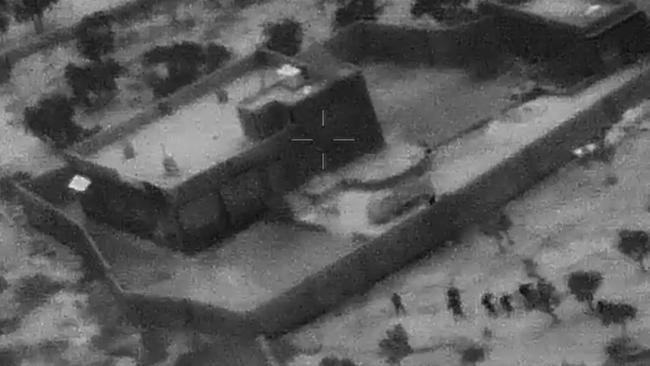
“In the last two to three years it was becoming increasingly clear that there were serious tensions along strategic and ideological lines within IS that al-Baghdadi was trying to manage and for which he received criticisms from some factions,’’ Dr Ingram told the Herald Sun.
“The internal tensions that he was unable to alleviate in life are not going to disappear now he is dead.
“His successor will need to deal with these internal organisational issues, be a steadying hand for a global insurgency, and project the necessary authority to ‘out-compete’ regional and global rivals.’’
Dr Ingram said the location where Baghdadi was targeted — Idlib, controlled by a range of extremist groups — was important.
“The picture is complex, but it seems that Islamic State had developed friendly networks in the stronghold of their rivals and may have been planning to lay the foundations for its revival in Syria’s north,’’ he said.

“That al-Baghdadi was in Syria’s north and not somewhere in his native Iraq suggests that conditions in the former were deemed more conducive for keeping him safe than the latter.
“It seems that members of Tanzim Hurras ad-Din, who broke away from the AQ-aligned Hayat Tahrir al-Sham, were providing some level of support to al-Baghdadi.
“Generally speaking, Islamic State, THD and HTS are rivals in the north.’’
Dr Ingram said when terrorist leaders were killed, their organisations and supporters were keen to project them as heroic martyrs to fuel a posthumous legacy to be used in recruitment and mobilisation.
“While President Trump’s public address has been criticised for how he described al-Baghdadi’s final moments, it represents the first foray
in a competition for al-Baghdadi’s legacy and will likely force Islamic State supporters to engage in defensive messaging to counter his claims,’’ he said.
“After all, President Trump’s description of al-Baghdadi as a panicked, fearful and pathetic figure, who ‘died like a dog’, is in stark contrast to the stoic, authoritative and calm figure that Islamic State’s propagandists spent years curating.
MORE NEWS
NAZI UNIFORM GANG CRASHES OKTOBERFEST
MIDWIFE IN WATCHDOG FIGHT OVER SOCIAL POSTS
A-LIST STARS ATTENDING SPRING CARNIVAL
“Islamic State’s jihadist rivals have already tried to leverage this to attack al-Baghdadi’s reputation.
Dr Ingram said the threat posed by IS had not passed with al-Baghdadi, but had potentially increased because of the power vacuum it created.
“His removal creates risks and opportunities for friends and rivals — both within Islamic State and the broader jihadist milieu — to try to fill that void in various ways.’’
O’Connor also warned against underestimating the staying power of IS’s ideology.
“There’s no doubt that the group and those inspired by it still represent a formidable threat to the security of not only Iraq and Syria, but the entire world,’’ he said.
